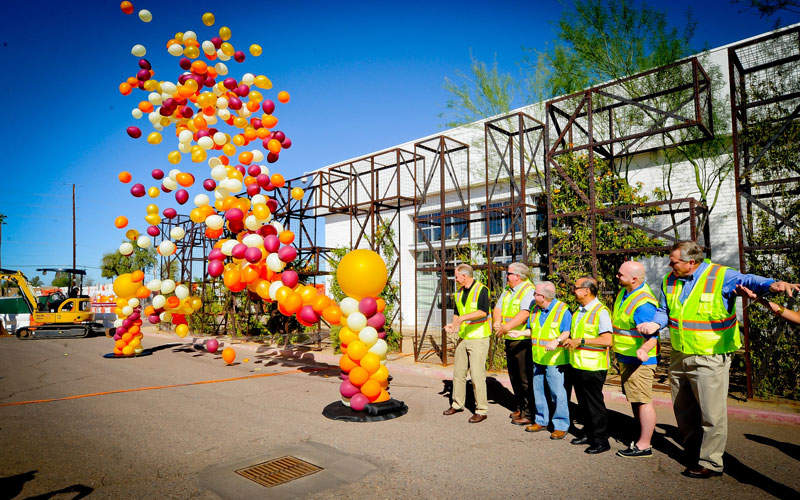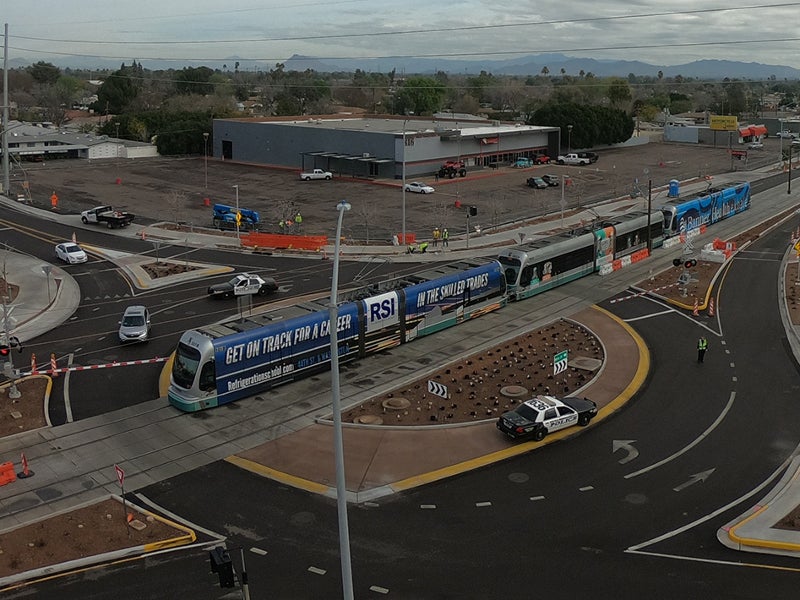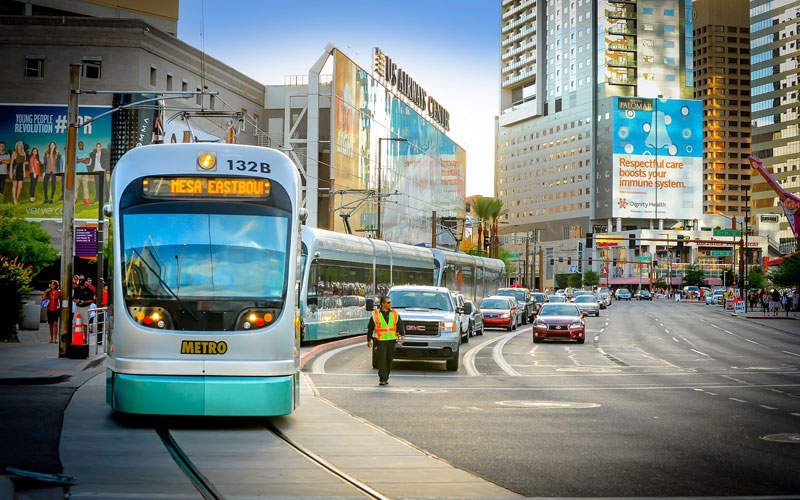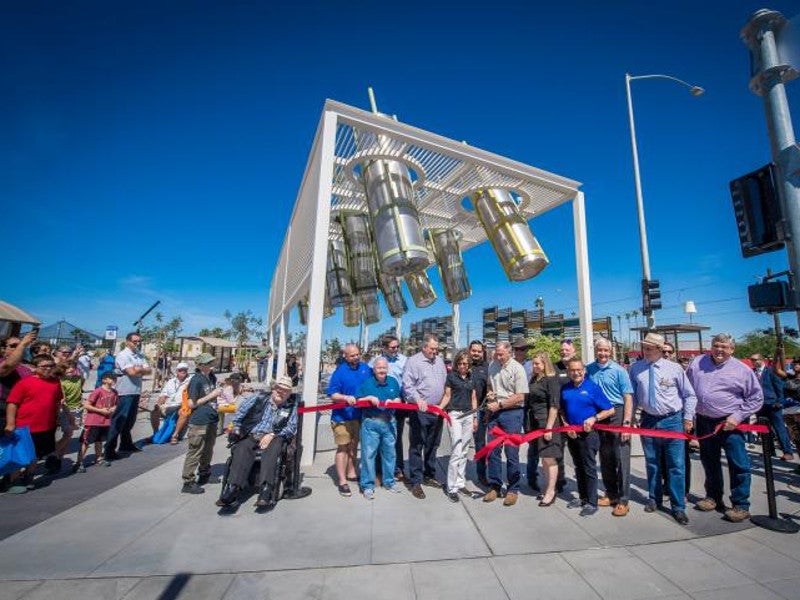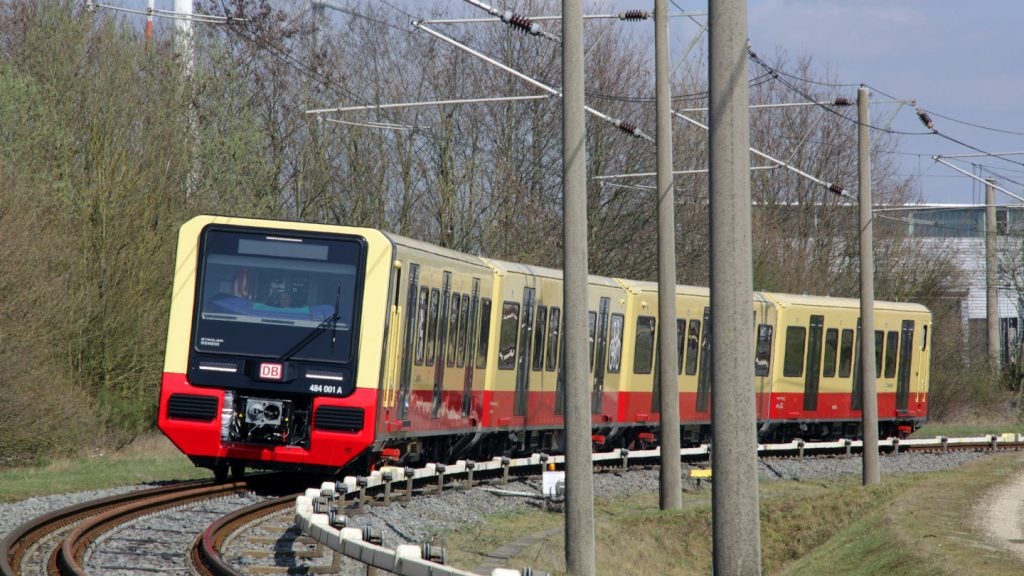The Gilbert Road light rail extension project is a 1.9-mile (3.05km) extension of the Gilbert Road light railway in Mesa, Arizona, US.
The project extends the light rail from the Central Mesa Extension (CME) project east at Edgemont to the intersection of Main Street and Gilbert Road. It includes the redevelopment of the streets from Mesa Drive to Gilbert Road, as well as improvements to transit access for the residents of the region.
The regional public transportation authority, Valley Metro, and the City of Mesa broke ground on construction of the project in October 2016. The extension was opened to the public in May 2019.
Gilbert Road light rail extension project background
The primary mode of transportation between the City of Mesa and the East Valley region was mainly private automobiles. Economic development and population growth in the region resulted in traffic congestion, especially during peak times.
The City of Mesa Council recognised light rail travel as a means to provide an efficient transit service for the growing regional population. The council recommended an extension of the Gilbert Road light railway from Main Street to Gilbert Road and approved the funding for analysis of the extension.
By linking Central Mesa and East Valley regions, the council aimed to improve local and regional mobility during peak times and increase economic development in the region.
The environmental assessment for the project was completed in November 2013 and a finding of no significant impact (FONSI) from the US Federal Transit Administration (FTA) was also received. With the approval from FTA, Valley Metro began the preliminary design and engineering phase of the project in 2014.
Details of the extension project
The extension project involved the construction of two additional automobile travel lanes one on each side on the Main Street, while four-way travel lanes were developed on Stapley Drive and Gilbert Road.
Two new light rail stations, one at Stapley Drive and the other at Gilbert Road, and a park-and-ride facility on the south-west corner of Main Street and Gilbert Road were constructed. Additionally, two roundabouts, one at the Horne Drive and the other at Harris Drive, were constructed.
The project also included the construction of an operator’s facility, traction power substations, a signalling building and all ancillary equipment to operate trains.
Financing
The extension project was developed with an estimated investment of $152.7m. The City of Mesa funded 94.3% of the capital cost of the project through the federal Surface Transportation Programme (STP) and Congestion Mitigation and Air Quality Improvement Programme (CMAQ).
Contractors involved
Jacobs Engineering Group was awarded a contract to provide the final design of the project. A joint venture of Stacy and Witbeck, and Sundt was contracted for pre-construction work.
WSP and PGH Wong offered programme management, project inspection, office support, and systems integration services for the light rail extension project.
Benefits of the light rail extension project
The extension provides an important link to the neighbouring regions of downtown Mesa, Tempe and Phoenix. It helps in increasing ridership in Mesa by 40% and provide improved access from the L202 freeway, US 60 highway, and central and east Mesa.
The project also facilitates local riders with cost-effective travel and attracts new riders by providing a reliable and time-saving mode of transport. It has created a pedestrian and bicycle-friendly environment in the region.
The roundabouts at the Horne Drive and Harris Drive reduce the traffic waiting time and provide a smoother flow in the region.
By providing a direct link, the project improves access to regional jobs, and activity centres and business centres in the region. It also supports local businesses and encourages public private partnerships.

